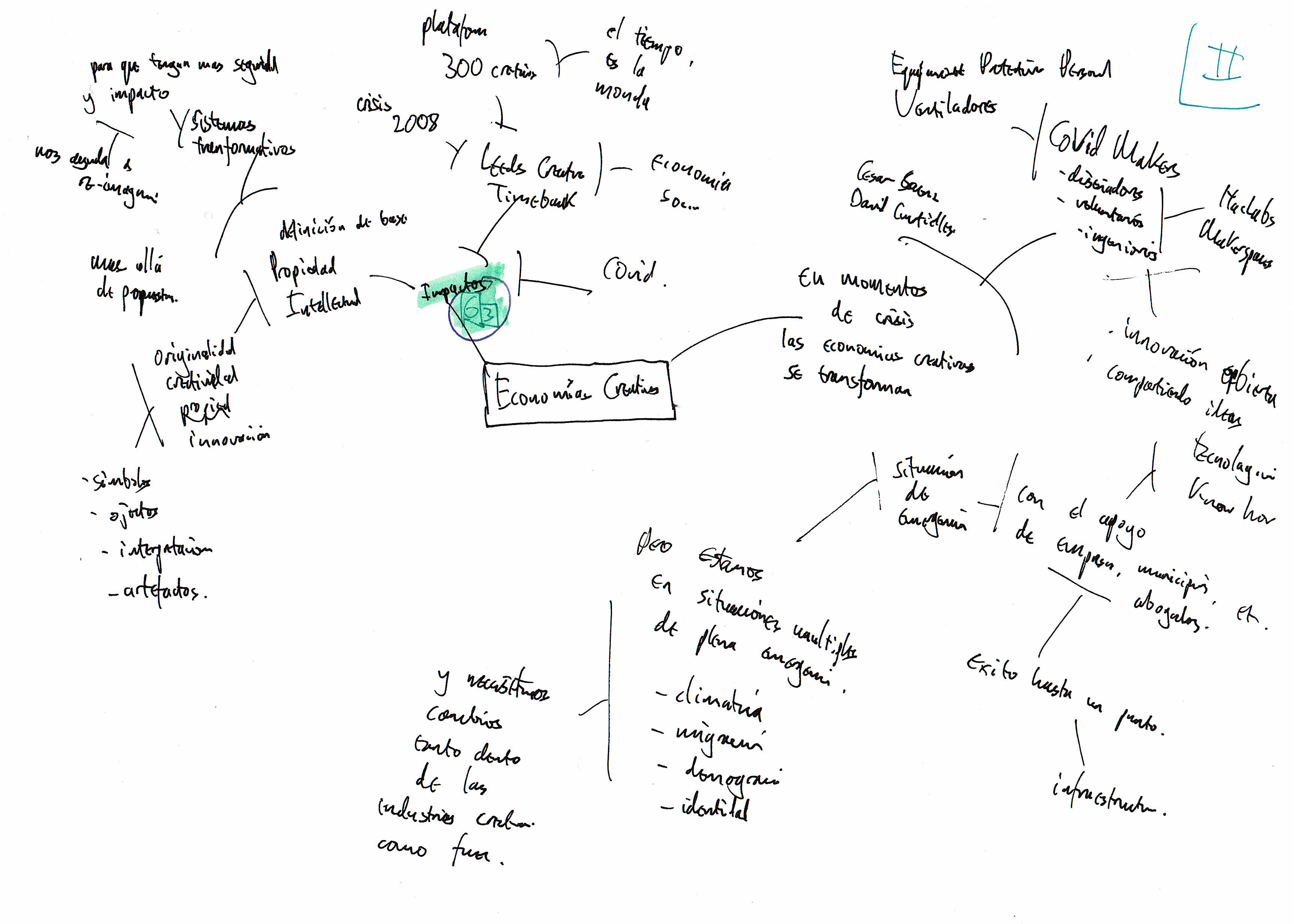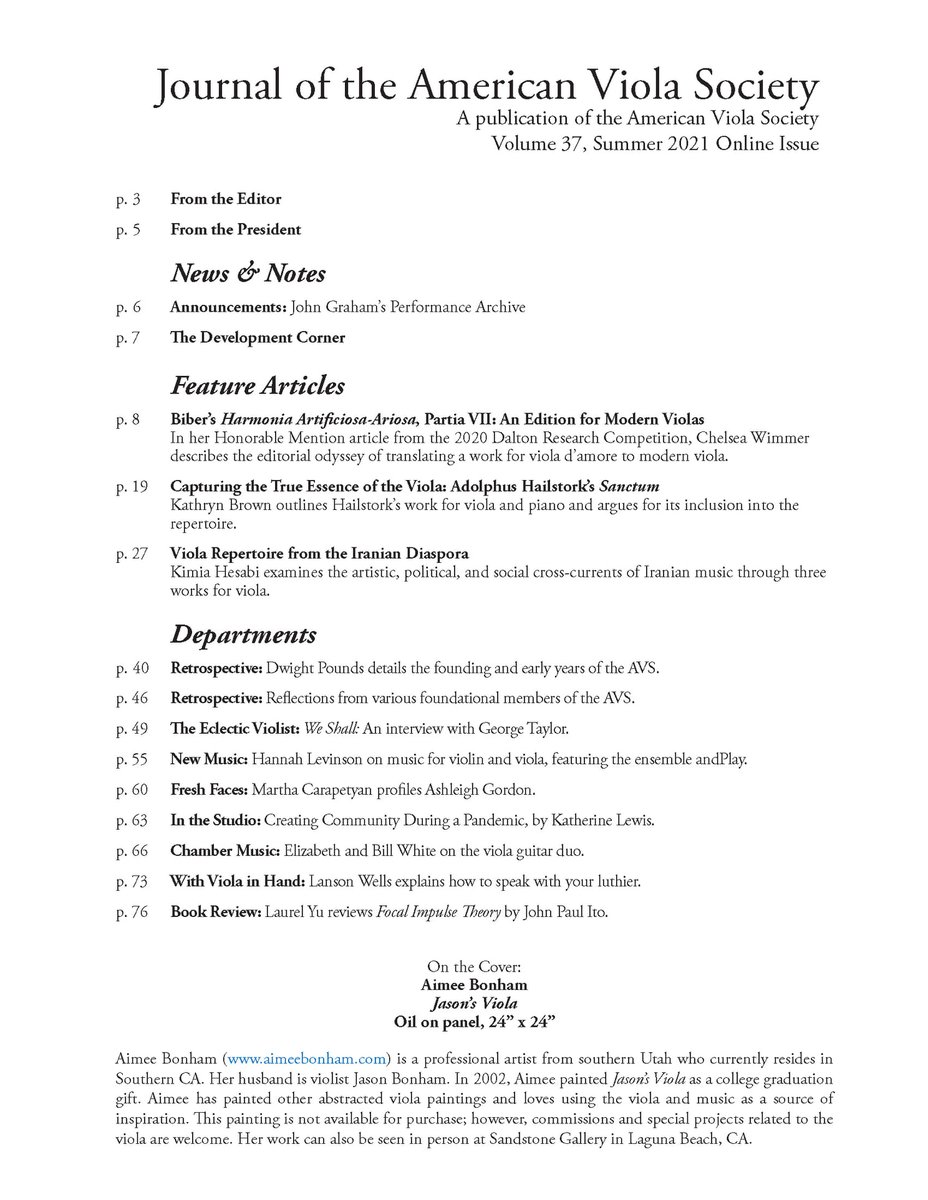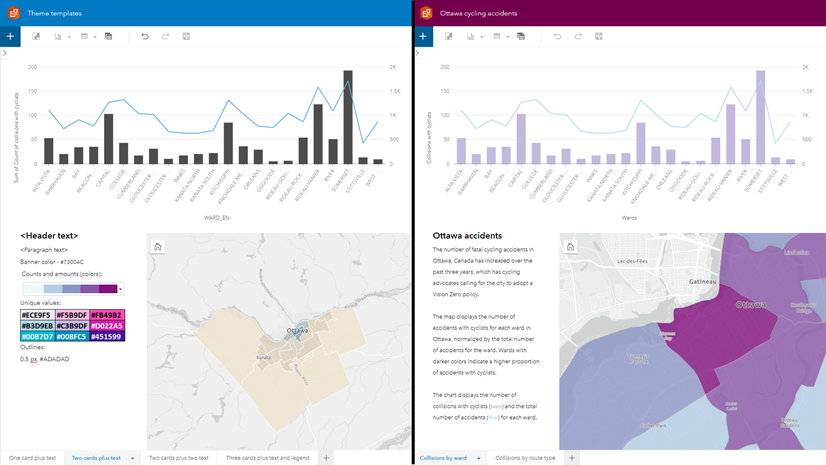

In the late 1970s and early 1980s, Air Florida had a hub at MIA, with a nonstop flight to London, England which it acquired from National upon the latter's merger with Pan Am. Nonstop transatlantic flights to Europe began in 1970. Louis and New Orleans until January 1962. Nonstop flights to Chicago and Newark in northeast New Jersey started in late 1946, but nonstops didn't reach west beyond St. United States Air Force Reserve troop carrier and rescue squadrons also operated from the airport from 1949 through 1959, when the last unit relocated to nearby Homestead Air Force Base, (now Homestead Air Reserve Base).


The old terminal on 36th Street was closed in 1959 when the center modern passenger terminal (since greatly expanded) opened. It merged with the former Miami Army Airfield, which was purchased from the United States Army Air Force south of the railroad in 1949 and expanded further in 1951 when the railroad line itself was moved south to make more room. įollowing World War II in 1945, the City of Miami established a Port Authority and raised bond revenue to purchase Pan American Field, which had been since renamed 36th Street Airport, from Pan Am. Miami Army Airfield opened in 1943 during the Second World War to the south of Pan American Field: the runways of the two were originally separated by railroad tracks, but the two airfields were listed in some directories as a single facility. National used a terminal on the opposite side of LeJeune Road from the airport, and would stop traffic on the road in order to taxi aircraft to and from its terminal. Eastern Airlines began to serve Pan American Field in 1931, followed by National Airlines in 1936. Its runways were located around the threshold of today's Runway 26R. Pan American Field was built on 116 acres of land on 36th Street and was the only mainland airport in the eastern United States that had port of entry facilities. Pan American World Airways opened an expanded facility adjacent to City Airport, Pan American Field, in 1928. The first airport on the site of MIA opened in the 1920s and was known as Miami City Airport. Miami also serves as a focus city for Avianca, Frontier Airlines, and LATAM, both for passengers and cargo operations.Ī satellite image of Miami International Airport superimposed over the noted locations of old Miami City Airport / Pan American Field / 36th Street Airport of the 1920s to 1950s era, in the upper right corner facing 36th Street For the World War II and United States Air Force Reserve use of the airport, see Miami Army Airfield The airport is American Airlines' third largest hub and serves as its primary gateway to Latin America and the Caribbean. It is Florida's busiest airport by total aircraft operations and total cargo traffic and is second busiest by total passenger traffic after Orlando. Miami International Airport covers 1,335 hectares (3,300 acres). It is the largest gateway between the United States and south to Latin America and the Caribbean, and is one of the largest airline hubs in the United States. It is South Florida's main airport for long-haul international flights and a hub for the Southeastern United States, with passenger and cargo flights to cities throughout the Americas, Europe, Africa, and Asia. Nearby are the cities of Hialeah and Doral, and the Census-designated place of Fontainebleau.

The airport is in an unincorporated area in Miami-Dade County, 8 miles (13 km) northwest of Downtown Miami, in metropolitan Miami, adjacent to the cities of Miami and Miami Springs, and the village of Virginia Gardens. Miami International Airport ( IATA: MIA, ICAO: KMIA, FAA LID: MIA), also known as MIA and historically as Wilcox Field, is the primary airport serving the Miami area, Florida, United States, with over 1,000 daily flights to 167 domestic and international destinations, including every country in Latin America, and one of three airports serving this area. Source: FAA, Miami International Airport


 0 kommentar(er)
0 kommentar(er)
